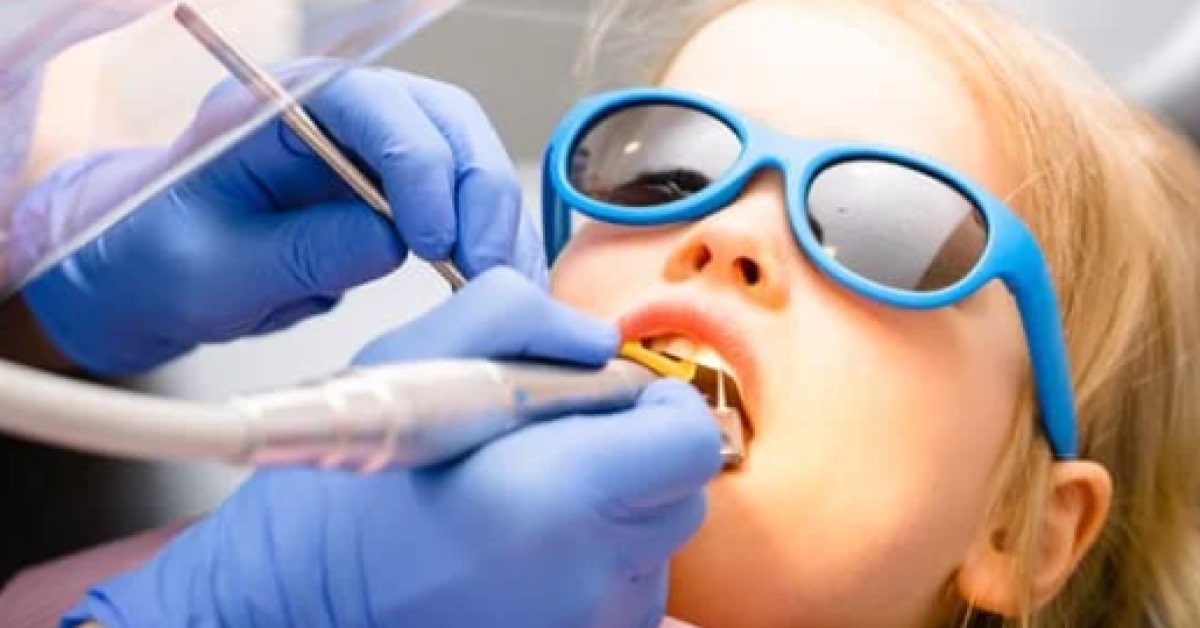Blog
June 19, 2023 • 10 mins readOsteoporosis, Periodontitis, and Jaw Bone Deterioration: Managing Osteoporosis Patients Care
Learn how to identify the signs of osteoporosis and periodontitis, and jaw bone deterioration, and how to provide the best care for your patients.
Author
Danielle Duncan

In this Article
An estimated 10 million Americans, aged 50 and over have osteoporosis and 44 million have low bone density, increasing their risk of oral health related complications. Osteoporosis is a common condition that affects many people worldwide, especially the elderly. It is a condition that weakens bones, making them more susceptible to fractures and breaks. Although it is a well-known fact that osteoporosis affects the skeletal system, many people are unaware of the impact it has on oral health. As a dental professional, it is essential to understand the connection between osteoporosis and oral health to provide better care for all of your patients. Osteoporosis and oral health are closely related, let’s discover the link!
Osteoporosis can cause the jawbone to become weak and brittle, which can sometimes lead to tooth loss and other oral health complications. When the jawbone deteriorates, it can no longer support the tooth structure, which can lead to tooth loss and gum disease. If left unchecked, osteoporosis can cause a decrease in bone density throughout the body, including in the jawbone, which is why it is so important to stay ahead of the condition to reduce the risk of gum disease and other oral health problems.
One of the most common oral health problems associated with osteoporosis is periodontal disease. Periodontal disease is a bacterial infection that affects the gums and bone structure that supports the teeth. When the jawbone weakens due to osteoporosis, and is no longer able to support the teeth, it, in turn, can lead to gum disease. Perio can cause the gums to recede, exposing the tooth roots, and making teeth more susceptible to decay. Osteoporosis and Periodontitis can have a domino effect on whole-body health, leading to potential yet preventable problems if left untreated.
If left untreated, periodontal disease can lead to tooth loss and even systemic infection that puts the body’s organs at risk. Another oral health problem associated with osteoporosis is dry mouth. Dry mouth can occur when there is a decrease in saliva production. As you know, saliva plays an essential role in protecting the teeth and gums from bacteria and acids. When there is a decrease in saliva production, the risk of tooth decay and gum disease increases. Additionally, dry mouth can also contribute to bad breath, difficulty swallowing, and mouth sores. Patients who are already being treated for osteoporosis by their medical doctor may also be prescribed medications that can cause dry mouth.
Keeping an up-to-date list of any health-related issues and medications can help to keep treatment a step ahead of potential future problems. Health history not only helps to keep treatments streamlined and tailored to the specific patient and their health needs, but it also helps you to prove medical necessity when billing medical insurance for the treatment of your osteoporosis patients.
During routine or surgical treatment, Osteoporosis can have a significant impact. For example, dental implants require a healthy jawbone to provide support. If a patient has osteoporosis, the jawbone may not be strong enough to support the implant, making the procedure more challenging. Additionally, patients with osteoporosis may be at a higher risk of developing complications from dental treatments, such as infections or delayed healing.
As a dentist, it is essential to understand the connection between osteoporosis and oral health to provide better care to your patients. Here are some strategies to help manage oral health in patients with osteoporosis:
1. Encourage good oral hygiene practices: Encourage patients to brush their teeth twice a day, floss daily, and rinse with an antiseptic mouthwash. These practices can help prevent gum disease, tooth decay, and other oral health problems. If your patients aren’t able to keep up with an at-home oral health routine, it may be best to ensure that any caregivers for elderly patients understand the importance of following an oral health routine.
2. Regular dental check-ups: Schedule regular dental check-ups for your patients to monitor their oral health. You can use regular checkups to help detect early signs of oral health problems and periodontal disease before they become severe. If cost is a concern to the patient or their caregiver, billing medical insurance can help reduce the financial burden your patients may feel when scheduling semi-annual or annual checkups.
With the appropriate documentation, treatments related to osteoporosis can also be billed to medical insurance to help save the patient’s dental benefits for other, non-covered treatments.
3. Dietary changes: Encourage patients to eat a healthy diet rich in calcium and vitamin D to help maintain bone health. Leafy greens, fatty fish, and dairy products are all excellent sources of calcium. Vitamin D is found in egg yolks, fortified foods, and fatty fish such as salmon.
4. Medication management: Work closely with your patient’s physician to manage their osteoporosis medication. Some medications used to treat osteoporosis can affect oral health, so it is essential to monitor patients closely.
Keeping an updated list of the patient’s medications and health history can also help to streamline the treatment process or the diagnosis of potential problems before they get out of hand. Keeping updated histories allows dental professionals to keep heads or tails of potential health issues without the risk of something falling through the cracks.
5. Consider alternative dental treatments: If a patient’s jawbone is too weak to support dental implants, consider alternative treatments such as dentures or bridges.
In conclusion, osteoporosis and oral health are closely related. As a dentist, it is essential to understand the connection between the two to provide better care to your patients. Encouraging good oral hygiene practices, scheduling regular dental check-ups, promoting a healthy diet, managing medication, billing medical insurance to reduce the burden of cost on patients and their caregivers, and considering alternative dental treatments are all strategies to help manage oral health in patients with osteoporosis. By taking a proactive approach, you can help your patients maintain good oral health and prevent complications associated with osteoporosis!



